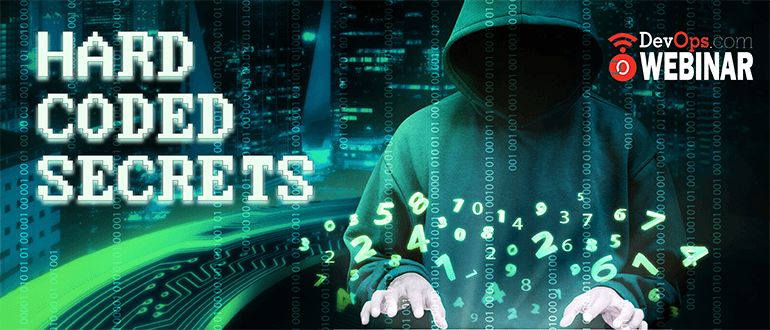Webinar
Think About Your Audience Before Choosing a Webinar Title

Sponsored by SHIFTLEFT
What You’ll Learn in This Webinar
Hard coded usernames, passwords, tokens, API keys and other secrets in the source code are an increasingly common security risk. As microservice architectures and API usage becomes more common, developers increasingly need to exchange credentials and other secrets either internally or externally. At the same time, software release velocity has increased and developers are under more time pressure than ever before. This leads to shortcuts getting taken in many organizations because setting up proper authentication schemes can be cumbersome and time consuming.
This webinar will cover:
- Most common types of hard-coded secrets,
- Most common scenarios that drive developers to hard-coded secrets,
- How-to find secrets in source code,
- Automating regression testing for secrets at every pull request.
Arun has over 12 years of experience in the cybersecurity industry across application, server, web, and endpoint security. He has held positions in engineering, product marketing, and product management and has worked with organizations including Symantec, Imperva, Trend Micro, and McAfee.







